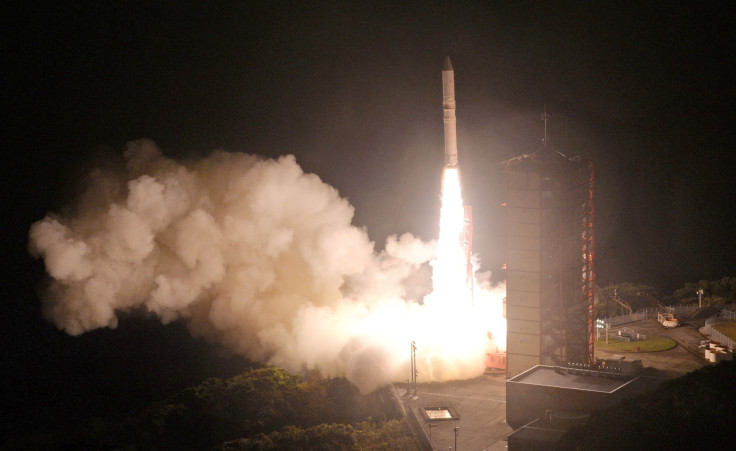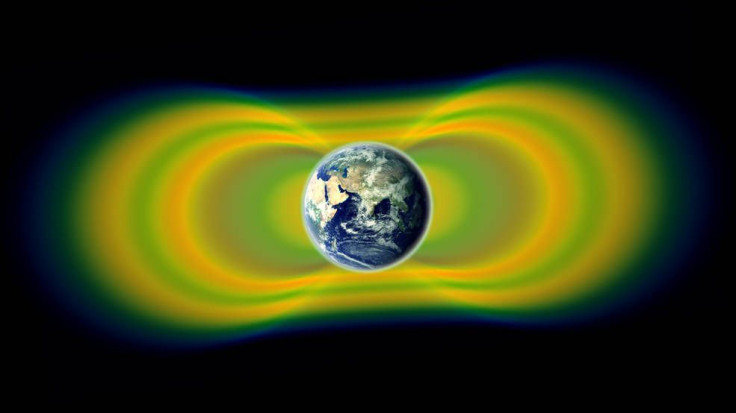Japan Launches Satellite To Study Earth’s Radiation Belts

Japan on Tuesday launched a satellite to study the Earth’s Van Allen radiation belts — regions where the planet’s magnetic field traps highly energetic charged particles. The satellite, named Exploration of energization and Radiation in Geospace (ERG), was launched on board an Epsilon Launch Vehicle from the Uchinoura Space Center in southern Japan.
The satellite is equipped with nine instruments to study near-Earth radiation, which consists of fast-moving particles that can not only damage instruments on board the spacecraft, but are also detrimental to the health of astronauts.
Success of Epsilon-2 Launch with ARASE(ERG) Aboard pic.twitter.com/StxAL5yKzN
— JAXA(Japan Aerospace Exploration Agency) (@JAXA_en) December 20, 2016
“The purpose of the geospace exploration satellite, ERG, is to reveal how these high-energy electrons are accelerated and created, and how space storms develop,” the Japanese Aerospace Exploration Agency (JAXA) said in a statement. “ERG will make a comprehensive observation of the electrons and ions near the equatorial plane in geospace, which is thought to be the area where the acceleration of such electrons is occurring.”
The Van Allen radiation belts were discovered in 1958. To better understand these vast swaths of trapped radiation, NASA launched two robotic spacecraft — the Van Allen probes — in 2012. In addition to revealing how the belts shield our planet, and its denizens, from high-energy cosmic rays, the probes provided clues to why the region can sometimes swell dramatically in response to incoming energy from the sun.

During the course of its year-long mission, the ERG’s elliptical orbit would take it over 18,600 miles from Earth’s surface — well into the Van Allen belts, which extend between roughly 630 miles and 37,000 miles above the surface.
“Besides our Earth, other planets like Jupiter and Saturn also have radiation belts. A phenomenon known to be happening in various parts of the universe is that electrons are being accelerated close to the speed of light,” JAXA said. “The findings of the particle acceleration studies by the ERG satellite can also help unlock the mysteries of such particle acceleration occurring throughout the universe.”
© Copyright IBTimes 2025. All rights reserved.






















